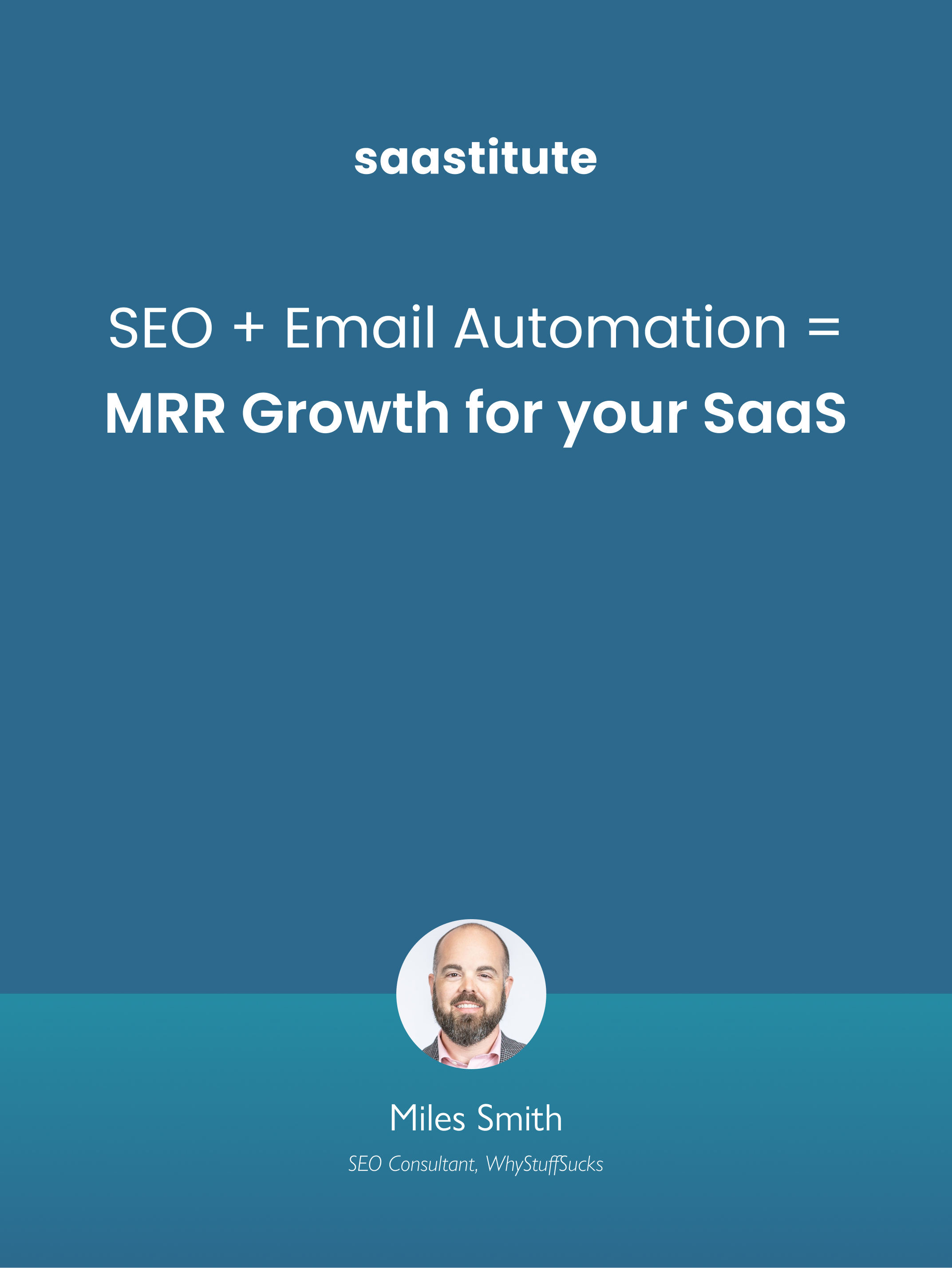No Code 101: What, Why and How
Learn why there has been a sudden increase in No Code and Low Code platforms.
.png)
In recent years, the demand for software applications has far exceeded the number of skilled coders needed to build them. Businesses that require software development, are slowly moving towards more viable no-code and low code platforms instead of hiring an in-house IT team. These platforms are a blend of cost-effectiveness and speed. It crushes the complexity involved in developing software and solves problems in real-time. This paves the way to make decisions easily and quickly, and elevates the customer experience. It's a current trend that's been actively looked upon in the SaaS industry.
What is a No-code?
A no-code development platform is a tool to build software applications without the use of coding. As an alternative to traditional software development, these tools enable even non-technical business users to build full-fledged applications. It allows developers to simply drag and drop the components to connect and create visual software development like web pages or apps. It largely cuts the heavy dependency on third parties for programming.
If you are a small business with a minimal budget, then no-code is your go-to solution. With the power of innovation now at your team’s disposal - the sky's the limit for you. It increases productivity and efficiently creates a new business.
As the digital ecosystem is evolving, No code development platforms empower laymen to pick up innovation and development helping organizations to fight the shortage of developer skills. There is no longer a need for writing codes line by line, hence the developers can quickly create applications.
“As creating things on the internet becomes more accessible, more people will become makers. It’s no longer limited to the <1% of engineers that can code resulting in an explosion of ideas from all kinds of people” - Ryan Hoover, Founder - Product Hunt
A report from Forrester predicts that the no-code market is set to grow from $3.8 billion in 2017 to $21.2 billion by 2022. This comes as no surprise after Google acquired AppSheet, firing up the entire no-code solution.
No code vs Low Code - are they the same?

No, they are not.
No code platforms use declarative programming that helps build applications by just dragging and dropping components visually. Unlike traditional software application platforms - where the code represents instructions that tell platforms how to implement the desired functionality, with no code - the app creator shall define only what the app does rather than how it does it.
Low code platforms can also be used by non-technical people however, at some point, the developers’ aid is required to finish things off. Low code platforms or rapid application tools have pre-built functionalities which let people build applications by visually arranging components before calling in a developer to code/customize the remaining. What I mean by coding or customizing is that the developers tell the platform how they want to use the components.
How can you build an app without coding?

While using no-code platforms, you must understand that their in-built drag and drop components are internally coded. Just that these platforms give you the luxury of visually arranging the components at scale instead of manually laying down code.
Essentially a no-code development tool is a user interface builder where you can drag/drop/arrange components for a web page and see how it looks on a mobile, tablet, and other such devices. Using visual elements reduces the complexity of coding and helps manage data easily.
A major misconception is that no code is only for simple apps. However, that is not the case.
Nowadays no-code platforms have evolved significantly to support the functionality in all apps. Even enterprise applications can be built using no-code platforms.
Advantages and Disadvantages of using No-Code platforms
Let's talk about pros first:
1. More agility
Since most of the development is going to be drag and drop, the time taken to build applications is reduced drastically. Also, using no-code development means the testing part will be automated which can further cut down the total development time.
2. Reduced cost
Building and Maintaining applications via no-code technology means less expenditure. This is because :
- One need not invest in skilled labor - highly demanded software developers
- Since the whole process is modular, the time and the effort that goes into building applications is significantly lower compared to traditional coding.
3. Customizable
Applications built through no-code platforms can easily be customized even after the development process is complete. i.e.- the functionalities of specific elements could be interchanged which would be close to impossible when developed manually.
However, despite all of these advantages there are some drawbacks of using no code tools-
1. Security concerns
When you manually develop applications, you can heavily rely on your code because it's yours - you wrote it. But while working with no code platforms you might expose yourself to security contraventions because it's someone else’s template and if that gets hacked then your application might be in a vulnerable situation.
2. Limited pre-developed templates
No code technology platform lets you work only with a limited amount of templates and logic. So make sure you understand your requirements well in advance and choose a particular tool that could help you build your app the way you want it. Any slight deviations could cause major setbacks and could result in your app being rigid and constrained.
Why no-code is the future of development?
Speed and customization being the ultimate need here, no-code will drastically reduce the time and cost required to develop tools and help things get done at a rapid speed across all the ends.
Looking at the future, every business requires apps and websites, and no-code is going to be the tool that will make the whole process while offering a better experience to the users.
Less room for errors! With conventional coding methods, errors are inevitable.
However, no-code certainly reduces the room for errors making sure no extra costs are involved in the process. Design plays an important role in everything you build for the users. No-code helps build experiences that are not only visually appealing but also provide a delightful experience.
On the whole, the entire no code space is picking up very well and a lot of tech influencers are also in favor of this technology. In addition to this, the projects that I have built or been a part of (so far) - have been developed via no-code platforms. Some of the common use cases include
- Building a project management dashboard via Airtable
- Building a SaaS website via Webflow
Additional Reading
1. Nearly everything about No-Code - Read Now
2. Low Code vs No Code - Read Now
3. What No Code software looks like - Read Now














.svg)


